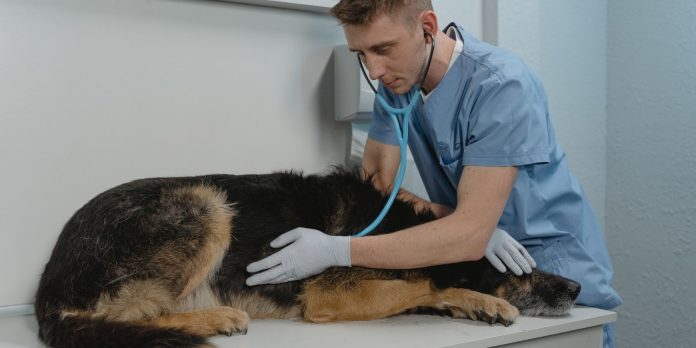When your furry friend starts coughing or wheezing, it can be more than just a minor irritation. For some dogs, especially small breeds, this could be a sign of a dog’s collapsed trachea, a condition that requires immediate attention and care. In this article, we will explore effective treatments for this condition, offering vet-approved advice to ensure your dog’s health and comfort.
Understanding the Condition
A collapsed trachea occurs when the tracheal rings, which hold the windpipe open, weaken or collapse. This makes breathing difficult and leads to the distinctive honking cough associated with the condition. It’s commonly seen in small breeds like Yorkshire Terriers, Pomeranians, and Chihuahuas. Understanding this condition is crucial for early detection and effective management.
Symptoms to Watch For
Before diving into treatments, it’s important to recognize the symptoms of a collapsed trachea. Keep an eye out for symptoms such as:
- A dry, harsh cough that sounds like a goose honk
- Difficulty breathing or rapid breathing
- Gagging or retching, especially after excitement or exercise
- Bluish-colored gums in severe cases
Being aware of these signs can help you take timely action and seek veterinary care.
Effective Treatments
Once you’ve identified the symptoms, the next step is exploring treatment options. Here are some effective ways to manage a collapsed trachea in dogs:
Weight Management: Overweight dogs have a higher risk of symptoms worsening. Keeping your dog at a healthy weight can alleviate the pressure on the trachea.
Cough Suppressants and Steroids: Your vet may prescribe medications to reduce inflammation and coughing.
Surgery: In severe cases, surgery might be necessary to correct the trachea. This option is considered if other treatments fail.
Use a Harness Instead of a Collar: A harness is less likely to cause pressure on the trachea compared to a traditional collar.
Environmental Management: Reduce exposure to irritants like smoke, dust, and extreme temperatures, as these can exacerbate symptoms.
Prevention Tips
Taking preventive measures can significantly reduce the risk of a collapsed trachea. Here’s what you can do:
Avoiding excessive pulling on the leash
Keeping your dog at a healthy weight
Using a humidifier to moisten air
Implementing these simple steps can help in maintaining your dog’s tracheal health.
FAQ Section
Q: Can a dog live a normal life with a collapsed trachea?
A: Yes, with proper management and treatment, many dogs with collapsed trachea live full, happy lives.
Q: Is a collapsed trachea painful for dogs?
A: It can be uncomfortable, but pain is not typically a primary symptom. The main issue is difficulty in breathing.
Q: Are certain breeds more prone to a collapsed trachea?
A: Yes, small breeds like Chihuahuas, Pomeranians, and Yorkshire Terriers are more susceptible.
Q: Can diet affect a dog’s trachea?
A: While diet doesn’t directly affect the trachea, maintaining a healthy weight can alleviate symptoms.
Q: Is surgery always necessary for a collapsed trachea?
A: Surgery is only considered in severe cases where other treatments have not been effective.
Conclusion
Dealing with a dog’s collapsed trachea can be challenging, but understanding the condition and its effective treatments can significantly improve your dog’s quality of life. Regular vet check-ups, proper medication, and lifestyle changes can make a big difference. Remember, each dog is unique, so always consult with your vet for the best course of action for your furry friend.








